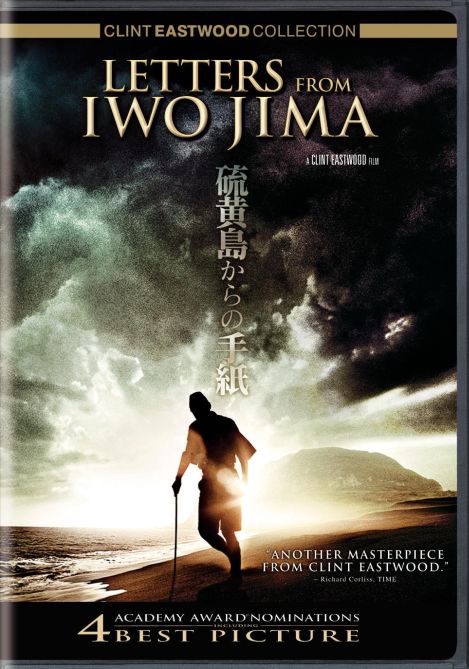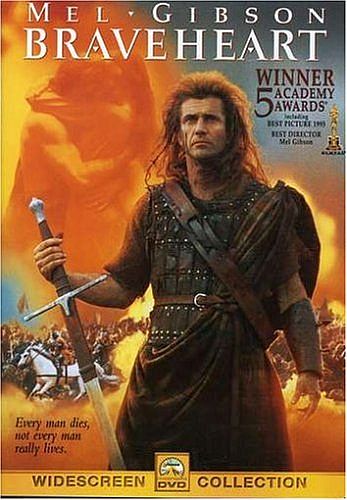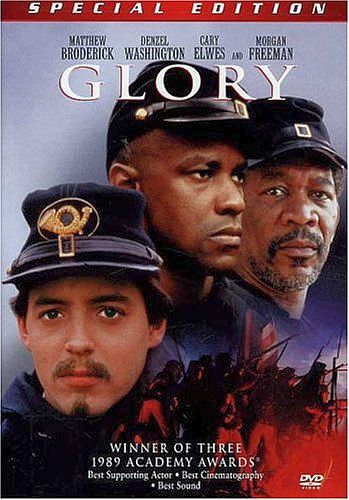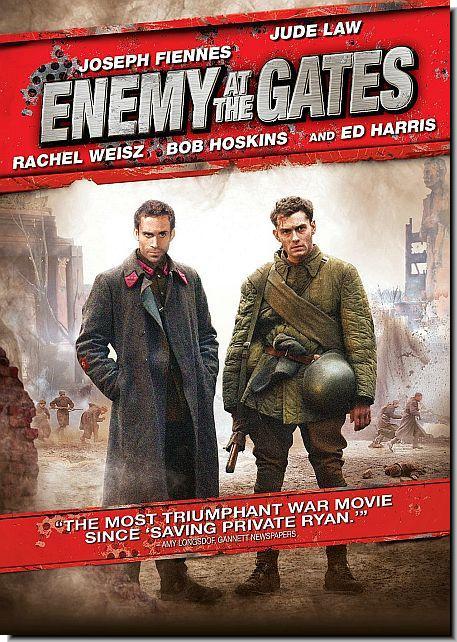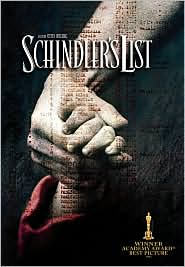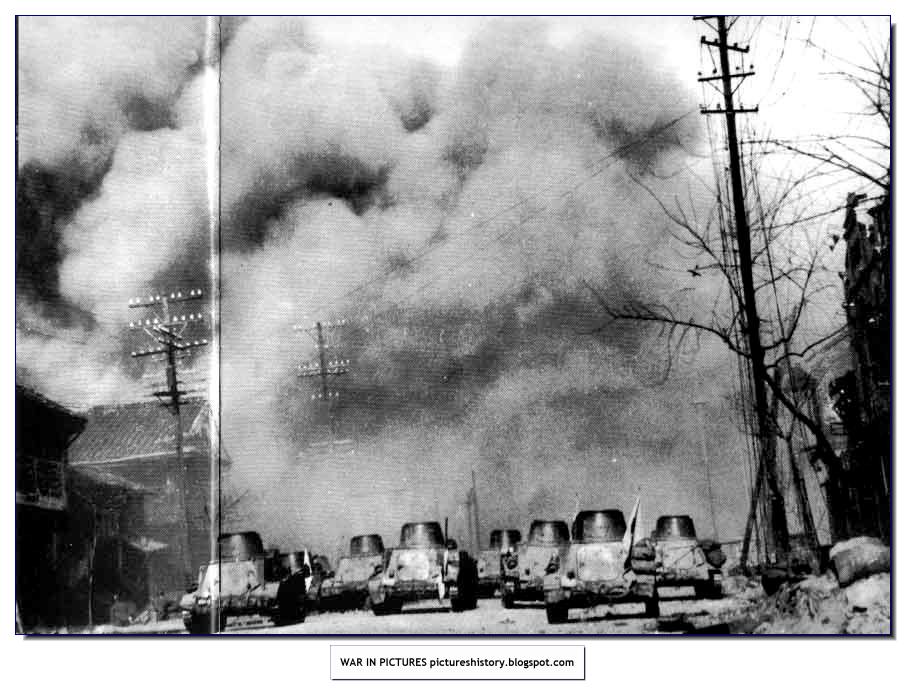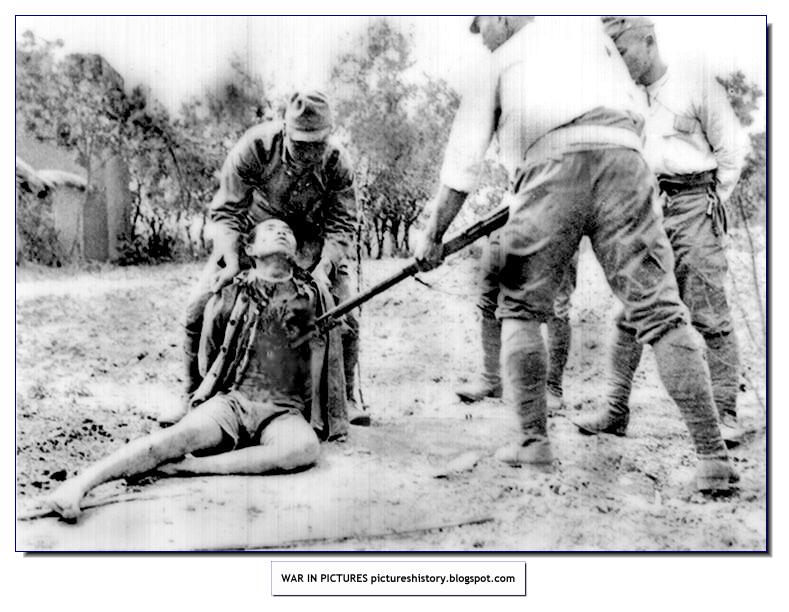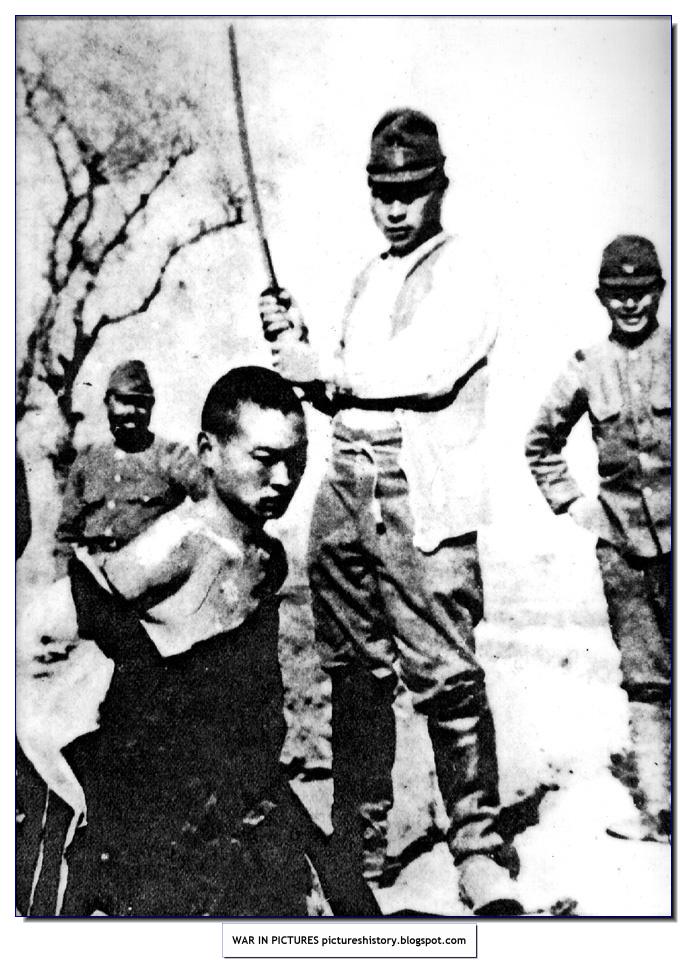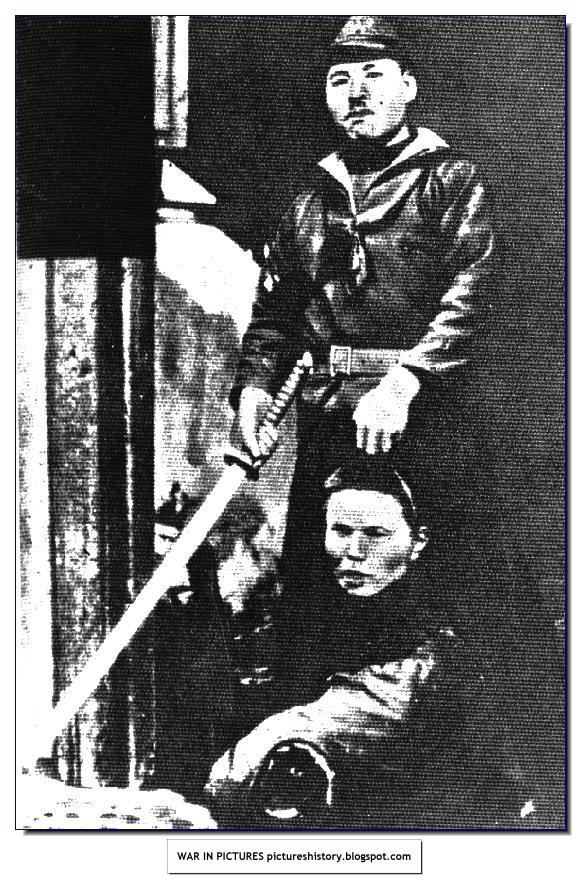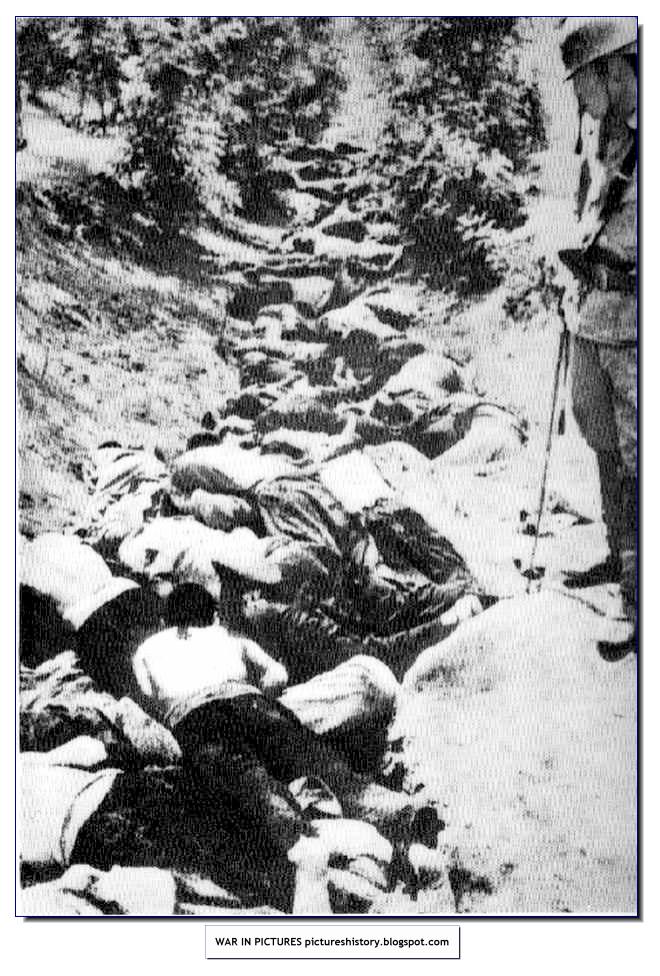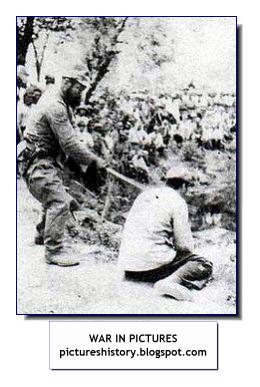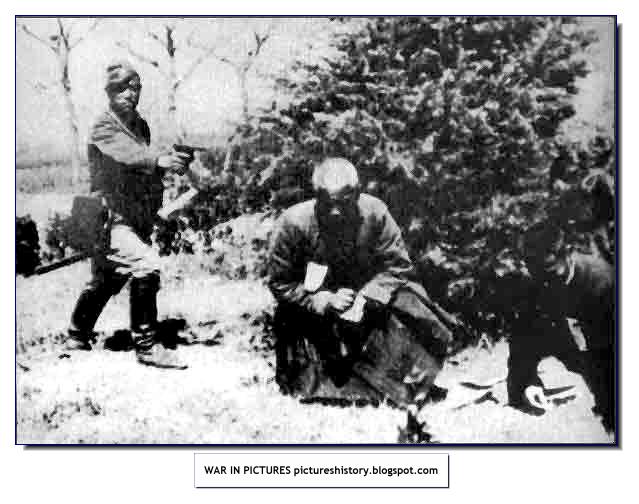The Rise and Fall of the Third Reich: A History of Nazi Germany
by WILLIAM L. SHIRER
by WILLIAM L. SHIRER
An indispensable book for those interested in Nazi Germany and WW2. Simple, gripping style of writing. Not like a history textbook. Wealth of information and facts.
Hugh Trevor-Roper The New York Times Book Review
A splendid work of scholarship, objective in method, sound in judgment, inescapable in its conclusions.
John Gunther
One of the most spectacular stories ever told.
Theodore H. White
A monumental work, a grisly and thrilling story.
Orville Prescott The New York Times
One of the most important works of history of our time.
Hitler began a long speech with a sop to the industrialists. "Private enterprise," he said, "cannot be maintained in the age of democracy; it is conceivable only if the people have a sound idea of authority and personality . . . All the worldly goods we possess we owe to the struggle of the chosen . . . We must not forget that all the benefits of culture must be introduced more or less with an iron fist." He promised the businessmen that he would "eliminate" the Marxists and restore the Wehrmacht (the latter was of special interest to such industries as Krupp, United Steel and I. G. Farben, which stood to gain the most from rearmament). "Now we stand before the last election," Hitler concluded, and he promised his listeners that "regardless of the outcome, there will be no retreat." If he did not win, he would stay in power "by other means . . . with other weapons." Goering, talking more to the immediate point, stressed the necessity of "financial sacrifices" which "surely would be much easier for industry to bear if it realized that the election of March fifth will surely be the last one for the next ten years, probably even for the next hundred years."
All this was made clear enough to the assembled industrialists and they responded with enthusiasm to the promise of the end of the infernal elections, of democracy and disarmament. Krupp, the munitions king, who, according to Thyssen, had urged Hindenburg on January 29 not to appoint Hitler, jumped up and expressed to the Chancellor the "gratitude" of the businessmen "for having given us such a clear picture." Dr. Schacht then passed the hat. "I collected three million marks," he recalled at Nuremberg.
What They say About The Book
Hugh Trevor-Roper The New York Times Book Review
A splendid work of scholarship, objective in method, sound in judgment, inescapable in its conclusions.
John Gunther
One of the most spectacular stories ever told.
Theodore H. White
A monumental work, a grisly and thrilling story.
Orville Prescott The New York Times
One of the most important works of history of our time.
More On The Book
Published in 1960 during the height of the Cold War, Rise and Fall represents one of the first and most comprehensive analyses of Hitler’s Germany. When reading the book, it is important to remember the subtitle. It is “a history” of Nazi Germany, not “the history.” Even in 1100 pages, Shirer gives the reader a summary of Hitler’s rise and the European theater of war.
William Shirer was a newspaper correspondent in Germany during Hitler’s ascent to absolute power. On occasion, he editorializes and lets his rage show through. In this case, just because he is angry does not mean he is inaccurate. One also has to remember it was written in 1960 with the wounds of the Second World War still fresh.
Shirer, as a newspaperman, makes his book an exciting read. It is a page-turner with forward narrative momentum like the best of thrillers.
Published in 1960 during the height of the Cold War, Rise and Fall represents one of the first and most comprehensive analyses of Hitler’s Germany. When reading the book, it is important to remember the subtitle. It is “a history” of Nazi Germany, not “the history.” Even in 1100 pages, Shirer gives the reader a summary of Hitler’s rise and the European theater of war.
William Shirer was a newspaper correspondent in Germany during Hitler’s ascent to absolute power. On occasion, he editorializes and lets his rage show through. In this case, just because he is angry does not mean he is inaccurate. One also has to remember it was written in 1960 with the wounds of the Second World War still fresh.
Shirer, as a newspaperman, makes his book an exciting read. It is a page-turner with forward narrative momentum like the best of thrillers.
Excerpts From The Book
NAZI GERMANY
Hitler began a long speech with a sop to the industrialists. "Private enterprise," he said, "cannot be maintained in the age of democracy; it is conceivable only if the people have a sound idea of authority and personality . . . All the worldly goods we possess we owe to the struggle of the chosen . . . We must not forget that all the benefits of culture must be introduced more or less with an iron fist." He promised the businessmen that he would "eliminate" the Marxists and restore the Wehrmacht (the latter was of special interest to such industries as Krupp, United Steel and I. G. Farben, which stood to gain the most from rearmament). "Now we stand before the last election," Hitler concluded, and he promised his listeners that "regardless of the outcome, there will be no retreat." If he did not win, he would stay in power "by other means . . . with other weapons." Goering, talking more to the immediate point, stressed the necessity of "financial sacrifices" which "surely would be much easier for industry to bear if it realized that the election of March fifth will surely be the last one for the next ten years, probably even for the next hundred years."
All this was made clear enough to the assembled industrialists and they responded with enthusiasm to the promise of the end of the infernal elections, of democracy and disarmament. Krupp, the munitions king, who, according to Thyssen, had urged Hindenburg on January 29 not to appoint Hitler, jumped up and expressed to the Chancellor the "gratitude" of the businessmen "for having given us such a clear picture." Dr. Schacht then passed the hat. "I collected three million marks," he recalled at Nuremberg.
REICHSTAG FIRE
The coincidence that the Nazis had found a demented Communist arsonist who was out to do exactly what they themselves had determined to do seems incredible but is nevertheless supported by the evidence. The idea for the fire almost certainly originated with Goebbels and Goering. Hans Gisevius, an official in the Prussian Ministry of the Interior at the time, testified at Nuremberg that "it was Goebbels who first thought of setting the Reichstag on fire," and Rudolf Diels, the Gestapo chief, added in an affidavit that "Goering knew exactly how the fire was to be started" and had ordered him "to prepare, prior to the fire, a list of people who were to be arrested immediately after it." General Franz Halder, Chief of the German General Staff during the early part of World War II, recalled at Nuremberg how on one occasion Goering had boasted of his deed.
At a luncheon on the birthday of the Fuehrer in 1942 the conversation turned to the topic of the Reichstag building and its artistic value. I heard with my own ears when Goering interrupted the conversation and shouted: "The only one who really knows about the Reichstag is I, because I set it on fire!" With that he slapped his thigh with the flat of his hand.*
Van der Lubbe, it seems clear, was a dupe of the Nazis. He was encouraged to try to set the Reichstag on fire. But the main job was to be done—without his knowledge, of course—by the storm troopers. Indeed, it was established at the subsequent trial at Leipzig that the Dutch half-wit did not possess the means to set so vast a building on fire so quickly. Two and a half minutes after he entered, the great central hall was fiercely burning. He had only his shirt for tinder. The main fires, according to the testimony of experts at the trial, had been set with considerable quantities of chemicals and gasoline. It was obvious that one man could not have carried them into the building, nor would it have been possible for him to start so many fires in so many scattered places in so short a time.
At a luncheon on the birthday of the Fuehrer in 1942 the conversation turned to the topic of the Reichstag building and its artistic value. I heard with my own ears when Goering interrupted the conversation and shouted: "The only one who really knows about the Reichstag is I, because I set it on fire!" With that he slapped his thigh with the flat of his hand.*
| *Both in his interrogations and at his trial at Nuremberg, Goering denied to the last that he had any part in setting fire to the Reichstag. |
Van der Lubbe, it seems clear, was a dupe of the Nazis. He was encouraged to try to set the Reichstag on fire. But the main job was to be done—without his knowledge, of course—by the storm troopers. Indeed, it was established at the subsequent trial at Leipzig that the Dutch half-wit did not possess the means to set so vast a building on fire so quickly. Two and a half minutes after he entered, the great central hall was fiercely burning. He had only his shirt for tinder. The main fires, according to the testimony of experts at the trial, had been set with considerable quantities of chemicals and gasoline. It was obvious that one man could not have carried them into the building, nor would it have been possible for him to start so many fires in so many scattered places in so short a time.
SURRENDER OF FRANCE
(Hitler's face) "is afire with scorn, anger, hate, revenge, triumph."
William Shirer was a radio reporter for CBS News. We join his story as he stands in a clearing in the forest of Compiegne next to the railroad car where the ceremony will take place. Hitler and his entourage arrive just moments before the ceremony:
"The time is now three eighteen p.m. Hitler's personal flag is run up on a small standard in the centre of the opening.
Also in the centre is a great granite block which stands some three feet above the ground. Hitler, followed by the others, walks slowly over to it, steps up, and reads the inscription engraved in great high letters on that block. It says:
"HERE ON THE ELEVENTH OF NOVEMBER 1918 SUCCUMBED THE CRIMINAL PRIDE OF THE GERMAN EMPIRE... VANQUISHED BY THE FREE PEOPLES WHICH IT TRIED TO ENSLAVE."
Hitler reads it and Goring reads it. They all read it, standing there in the June sun and the silence. I look for the expression on Hitler's face. I am but fifty yards from him and see him through my glasses as though he were directly in front of me. I have seen that face many times at the great moments of his life. But today! It is afire with scorn, anger, hate, revenge, triumph. He steps off the monument and contrives to make even this gesture a masterpiece of contempt. He glances back at it, contemptuous, angry - angry, you almost feel, because he cannot wipe out the awful, provoking lettering with one sweep of his high Prussian boot. He glances slowly around the clearing, and now, as his eyes meet ours, you grasp the depth of his hatred. But there is triumph there too - revengeful, triumphant hate. Suddenly, as though his face were not giving quite complete expression to his feelings, he throws his whole body into harmony with his mood. He swiftly snaps his hands on his hips, arches his shoulders, plants his feet wide apart. It is a magnificent gesture of defiance, of burning contempt for this place now and all that it has stood for in the twenty-two years since it witnessed the humbling of the German Empire.
...It is now three twenty-three p.m. and the Germans stride over to the armistice car. For a moment or two they stand in the sunlight outside the car, chatting. Then Hitler steps up into the car, followed by the others. We can see nicely through the car windows. Hitler takes the place occupied by Marshal Foch when the 1918 armistice terms were signed. The others spread themselves around him. Four chairs on the opposite side of the table from Hitler remain empty. The French have not yet appeared. But we do not wait long. Exactly at three thirty p.m. they alight from a car. They have flown up from Bordeaux to a near-by landing field. ...Then they walk down the avenue flanked by three German officers. We see them now as they come into the sunlight of the clearing.
...It is a grave hour in the life of France. The Frenchmen keep their eyes straight ahead. Their faces are solemn, drawn. They are the picture of tragic dignity. They walk stiffly to the car, where they are met by two German officers, Lieutenant-General Tippelskirch, Quartermaster General, and Colonel Thomas, chief of the Fuhrer's headquarters. The Germans salute. The French salute. The atmosphere is what Europeans call "correct." There are salutes, but no handshakes.
Now we get our picture through the dusty windows of that old wagon-lit car. Hitler and the other German leaders rise as the French enter the drawing-room. Hitler gives the Nazi salute, the arm raised. Ribbentrop and Hess do the same. I cannot see M. Noel to notice whether he salutes or not.
Hitler, as far as we can see through the windows, does not say a word to the French or to anybody else. He nods to General Keitel at his side. We see General Keitel adjusting his papers. Then he starts to read. He is reading the preamble to the German armistice terms. The French sit there with marble-like faces and listen intently. Hitler and Goring glance at the green table-top.
The reading of the preamble lasts but a few minutes. Hitler, we soon observe, has no intention of remaining very long, of listening to the reading of the armistice terms themselves. At three forty-two p.m., twelve minutes after the French arrive, we see Hitler stand up, salute stiffly, and then stride out of the drawing-room, followed by Goring, Brauchitsch, Raeder, Hess, and Ribbentrop. The French, like figures of stone, remain at the green-topped table. General Keitel remains with them. He starts to read them the detailed conditions of the armistice.
Hitler and his aides stride down the avenue towards the Alsace-Lorraine monument, where their cars are waiting. As they pass the guard of honour, the German band strikes up the two national anthems, Deutschland, Deutschland uber Alles and the Horst Wessel song. The whole ceremony in which Hitler has reached a new pinnacle in his meteoric career and Germany avenged the 1918 defeat is over in a quarter of an hour."
FROM EYEWITNESS TO HISTORY
William Shirer was a radio reporter for CBS News. We join his story as he stands in a clearing in the forest of Compiegne next to the railroad car where the ceremony will take place. Hitler and his entourage arrive just moments before the ceremony:
"The time is now three eighteen p.m. Hitler's personal flag is run up on a small standard in the centre of the opening.
Also in the centre is a great granite block which stands some three feet above the ground. Hitler, followed by the others, walks slowly over to it, steps up, and reads the inscription engraved in great high letters on that block. It says:
"HERE ON THE ELEVENTH OF NOVEMBER 1918 SUCCUMBED THE CRIMINAL PRIDE OF THE GERMAN EMPIRE... VANQUISHED BY THE FREE PEOPLES WHICH IT TRIED TO ENSLAVE."
Hitler reads it and Goring reads it. They all read it, standing there in the June sun and the silence. I look for the expression on Hitler's face. I am but fifty yards from him and see him through my glasses as though he were directly in front of me. I have seen that face many times at the great moments of his life. But today! It is afire with scorn, anger, hate, revenge, triumph. He steps off the monument and contrives to make even this gesture a masterpiece of contempt. He glances back at it, contemptuous, angry - angry, you almost feel, because he cannot wipe out the awful, provoking lettering with one sweep of his high Prussian boot. He glances slowly around the clearing, and now, as his eyes meet ours, you grasp the depth of his hatred. But there is triumph there too - revengeful, triumphant hate. Suddenly, as though his face were not giving quite complete expression to his feelings, he throws his whole body into harmony with his mood. He swiftly snaps his hands on his hips, arches his shoulders, plants his feet wide apart. It is a magnificent gesture of defiance, of burning contempt for this place now and all that it has stood for in the twenty-two years since it witnessed the humbling of the German Empire.
...It is now three twenty-three p.m. and the Germans stride over to the armistice car. For a moment or two they stand in the sunlight outside the car, chatting. Then Hitler steps up into the car, followed by the others. We can see nicely through the car windows. Hitler takes the place occupied by Marshal Foch when the 1918 armistice terms were signed. The others spread themselves around him. Four chairs on the opposite side of the table from Hitler remain empty. The French have not yet appeared. But we do not wait long. Exactly at three thirty p.m. they alight from a car. They have flown up from Bordeaux to a near-by landing field. ...Then they walk down the avenue flanked by three German officers. We see them now as they come into the sunlight of the clearing.
...It is a grave hour in the life of France. The Frenchmen keep their eyes straight ahead. Their faces are solemn, drawn. They are the picture of tragic dignity. They walk stiffly to the car, where they are met by two German officers, Lieutenant-General Tippelskirch, Quartermaster General, and Colonel Thomas, chief of the Fuhrer's headquarters. The Germans salute. The French salute. The atmosphere is what Europeans call "correct." There are salutes, but no handshakes.
Now we get our picture through the dusty windows of that old wagon-lit car. Hitler and the other German leaders rise as the French enter the drawing-room. Hitler gives the Nazi salute, the arm raised. Ribbentrop and Hess do the same. I cannot see M. Noel to notice whether he salutes or not.
Hitler, as far as we can see through the windows, does not say a word to the French or to anybody else. He nods to General Keitel at his side. We see General Keitel adjusting his papers. Then he starts to read. He is reading the preamble to the German armistice terms. The French sit there with marble-like faces and listen intently. Hitler and Goring glance at the green table-top.
The reading of the preamble lasts but a few minutes. Hitler, we soon observe, has no intention of remaining very long, of listening to the reading of the armistice terms themselves. At three forty-two p.m., twelve minutes after the French arrive, we see Hitler stand up, salute stiffly, and then stride out of the drawing-room, followed by Goring, Brauchitsch, Raeder, Hess, and Ribbentrop. The French, like figures of stone, remain at the green-topped table. General Keitel remains with them. He starts to read them the detailed conditions of the armistice.
Hitler and his aides stride down the avenue towards the Alsace-Lorraine monument, where their cars are waiting. As they pass the guard of honour, the German band strikes up the two national anthems, Deutschland, Deutschland uber Alles and the Horst Wessel song. The whole ceremony in which Hitler has reached a new pinnacle in his meteoric career and Germany avenged the 1918 defeat is over in a quarter of an hour."
FROM EYEWITNESS TO HISTORY

